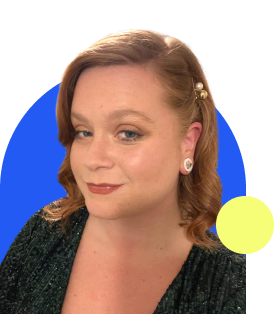
Keep Your Learners Engaged with Challenge Exams
As you may know, LearnDash 4.0 came with some exciting new features. One of these features is our first iteration of Learning Paths, also known as Challenge Exams.
We implemented learning paths to help your learners get the most out of your courses. With learning paths, learners have the option to take a test at the beginning of a course and move on to the next course if they pass.
The basic component of a learning path is a challenge exam. Let’s explore how to keep learners engaged by using challenge exams in your course.
What is a Challenge Exam?
A challenge exam tests the existing skill and knowledge of a learner. It allows you to determine if a learner has the required knowledge to progress to a more advanced course.
You might be familiar with this concept if you’ve ever tested out of an entry-level college course. Or, if you’ve ever used Duolingo to learn a new language, then you’ve seen challenge exams in action.
A challenge exam can speed up a learning path and help towards completion quicker. This can motivate and engage learners who want to move quickly and feel a sense of accomplishment.
How Challenge Exams Are Used In LearnDash
A LearnDash challenge exam works by giving a learner a test of your course prerequisites and completion requirements. They’ll take the one-time-only test where they must correctly answer every question to advance onto the next level course. If the quiz is not passed with a 100%, then the learner will have to continue and complete the entire course.
Challenge exams are positioned at the beginning of a course, taken before accessing the first unit. If a learner can pass a challenge exam, they’ll be issued a completion certificate (if applicable) and receive credit for completion. On the learner’s profile, each lesson, topic, or quiz that’s included in the course will also be marked as completed, as if they completed the entire course.
For the most part, challenge exams are created in LearnDash like regular quizzes. The only difference is that there isn’t a Gutenburg block that exists specifically for challenge exams outside of the challenge exam page.
Use Challenge Exams to Create a Learning Path
A learning path is an important tool you can use to help learners achieve goals. For example, if you offer a sequence of cooking courses, learners from all skill levels can begin with the first course and test out if they’re more advanced. Instead of giving up out of boredom, learners get to move on to the content that’ll challenge and excite them. This can also help learners complete trainings faster and earn required certifications.
Here are two ways challenge exams help create your learning path:
Identify your learning goals
You’ll be better able to determine the “basics” that a learner should know when you create a challenge exam. This’ll make the goals of your course, and subsequent courses, crystal clear.
Plan the sequence of courses
If a learner tests out of the first course, then they should be ready to be challenged in the next course. Creating a challenge exam forces you to think more carefully about what you include in your courses and what learners should know and expect from each course in the sequence.
Try Learning Paths in LearnDash
Challenge exams offer the complete functionality you need to test your learner’s skills, find out what they know, and give them a personalized learning experience. Try using Challenge Exams in your next course to see how they encourage learners to advance to your more difficult courses.
You can read more about how Challenge Exams work in our knowledgebase, or watch a quick demo of how to set up a challenge exam in under a minute:
Want a deeper dive? Watch our webinar about challenge exams to hear product experts discuss how to best integrate challenge exams into your next course.
Want to see challenge exams in action? Explore how they work in our demo.

Rachel Kolman
@LearnDashLMS






